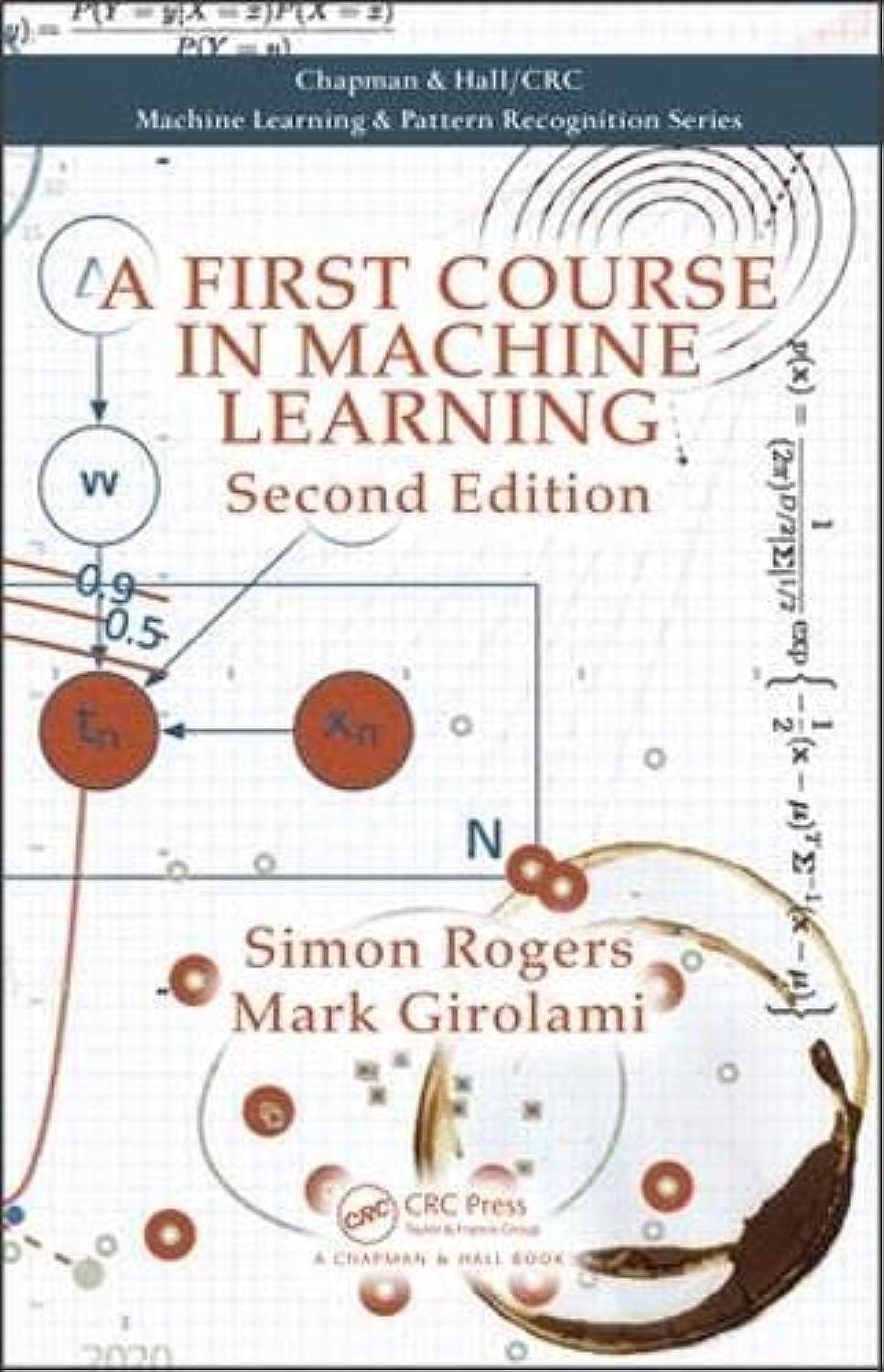Using the same setup as Exercise 2.5 above, see what happens if we use a diagonal covariance
Question:
Using the same setup as Exercise 2.5 above, see what happens if we use a diagonal covariance matrix with different elements on the diagonal, i.e.
\[\boldsymbol{\Sigma}=\left[\begin{array}{cccc} \sigma_{1}^{2} & 0 & \ldots & 0 \\ 0 & \sigma_{2}^{2} & \ldots & 0 \\ \vdots & \vdots & \ddots & \vdots \\ 0 & 0 & \ldots & \sigma_{D}^{2} \end{array}\right]\]
Data from Exercises 2.5
Assume that \(p(\mathbf{w})\) is the Gaussian pdf for a \(D\)-dimensional vector \(\mathbf{w}\) given in Equation 2.28 . By expanding the vector notation and rearranging, show that using \(\boldsymbol{\Sigma}=\sigma^{2} \mathbf{I}\) as the covariance matrix assumes independence of the \(D\) elements of \(\mathbf{w}\). You will need to be aware that the determinant of a matrix that only has entries on the diagonal \(\left(\left|\sigma^{2} \mathbf{I}\right|\right)\) is the product of the diagonal values and that the inverse of the same matrix is constructed by simply inverting each element on the diagonal. (Hint: a product of exponentials can be expressed as an exponential of a sum.)
Step by Step Answer:

A First Course In Machine Learning
ISBN: 9781498738484
2nd Edition
Authors: Simon Rogers , Mark Girolam





